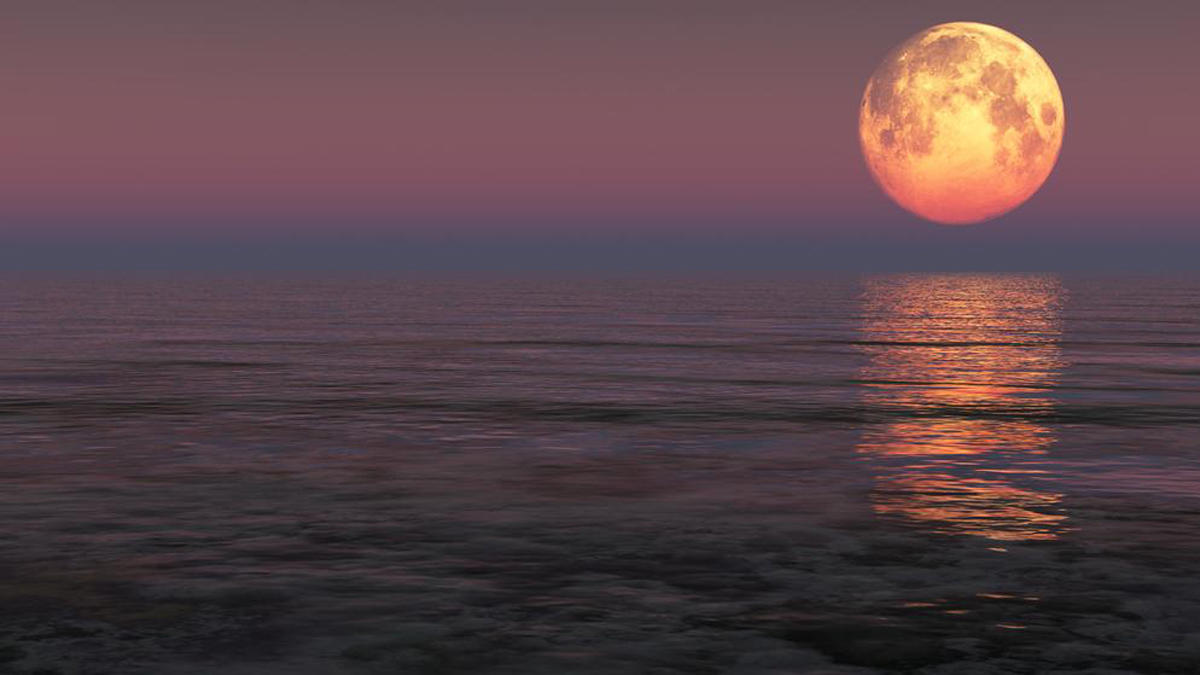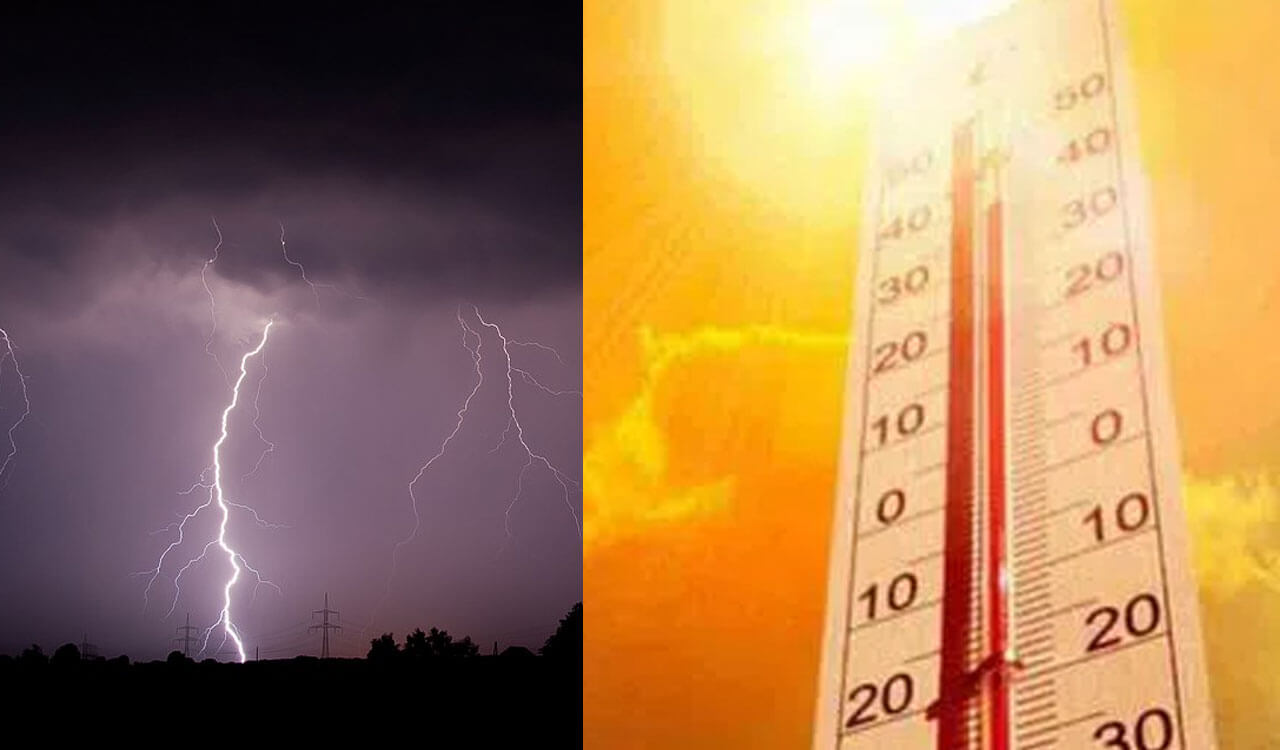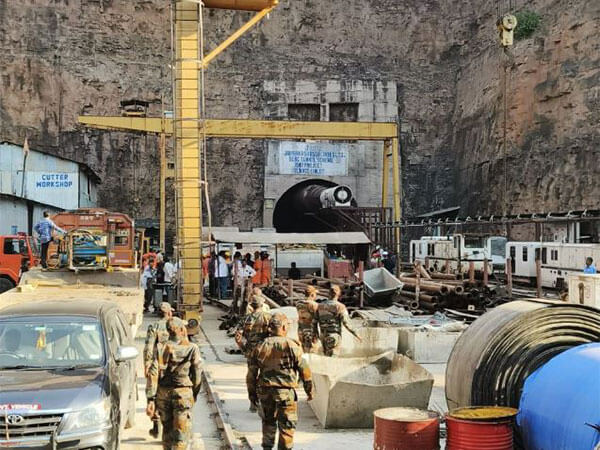Rare celestial treat 'Supermoon' lunar eclipse to be seen on Sunday
Thu 24 Sep 2015, 12:31:37

Houston: In a rare celestial treat, a 'super blood moon' -- which according to legend handed down over the ages has been seen as a sign of a possible apocalypse -- will be visible in the US night time sky on September 27.
The last such event, when a total lunar eclipse coincided with a 'Supermoon' occurred 33 years ago, and it has happened only four times in the last 115 years.
A 'super blood moon' only happens during a lunar eclipse and when the moon is at its closest point to the Earth in its orbit.
As the the moon passes into the shadow of the Earth, it takes on a deep-red colour due to the only sunlight reaching it being refracted through the planet's atmosphere.
Civilisations throughout the ages look at this celestial rarity as an ominous sign of an apocalypse.
So, what does a Supermoon really mean? It only means the moon looks a bit bigger than its usual size, since it's a bit closer to the Earth than otherwise.
"Because the orbit of the moon is not a perfect circle, the moon is sometimes closer to the Earth than at other times during its orbit," NASA scientist Noah Petro said in a statement.
"There's no physical difference in the moon," Petro added."It just appears slightly bigger in the sky. It's not dramatic, but it does look
larger.
larger.
"It's about 14 per cent larger than normal, NASA reports. What is uncommon is for a total lunar eclipse to coincide with a Supermoon. There have been just five such events since 1900 (in 1910, 1928, 1946, 1964 and 1982), NASA said.
This is the last total lunar eclipse visible anywhere on Earth until 2018, according to Sky and Telescope magazine.
Americans will actually see a total solar eclipse (in August 2017) before the next total lunar eclipse. The total eclipse will start at 10:11 pm EDT (7:11 pm PDT) Sunday evening and will last one hour and 12 minutes.
It will be visible across North and South America, Europe, Africa, and parts of West Asia and the eastern Pacific, NASA said.
Weather permitting, folks in the eastern half of North America can watch every stage of the eclipse, from beginning to end of the partial phases, with the moon mostly high in the sky, Sky and Telescope reports.
In the West, the first partial stage of the eclipse will already be in progress when the moon rises in the east around sunset.
There is no need special glasses or gizmos to view it, unlike a solar eclipse, so feel free to stare directly at the moon. Binoculars or a telescope would improve the view.
No Comments For This Post, Be first to write a Comment.
Most viewed from Specials
Most viewed from World
AIMIM News
Latest Urdu News
Most Viewed
May 26, 2020
Do you think Canada-India relations will improve under New PM Mark Carney?
Latest Videos View All
Like Us
Home
About Us
Advertise With Us
All Polls
Epaper Archives
Privacy Policy
Contact Us
Download Etemaad App
© 2025 Etemaad Daily News, All Rights Reserved.





















.jpg)
.jpg)
.jpg)
.jpg)

















